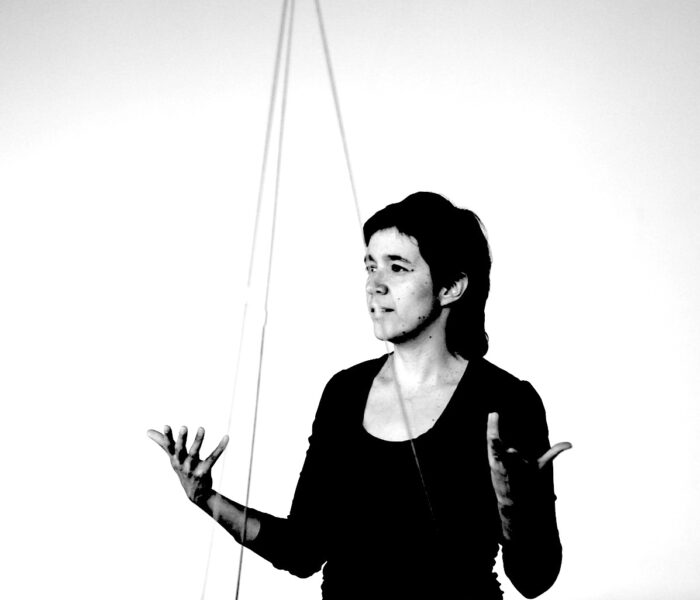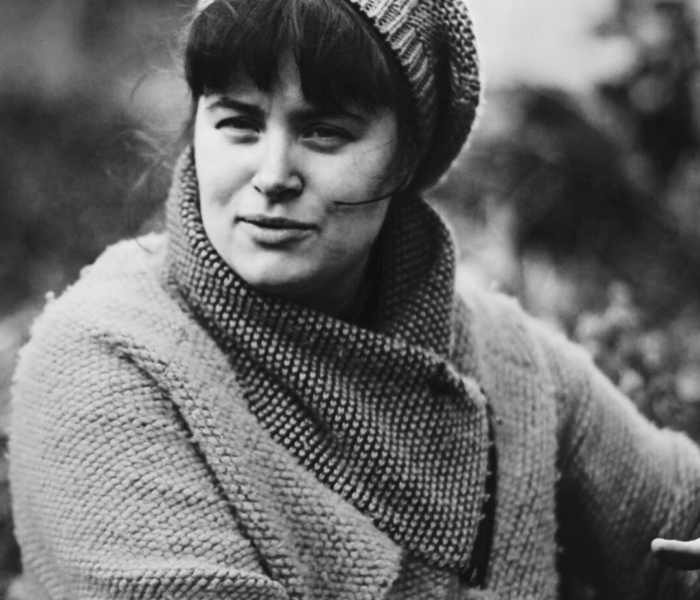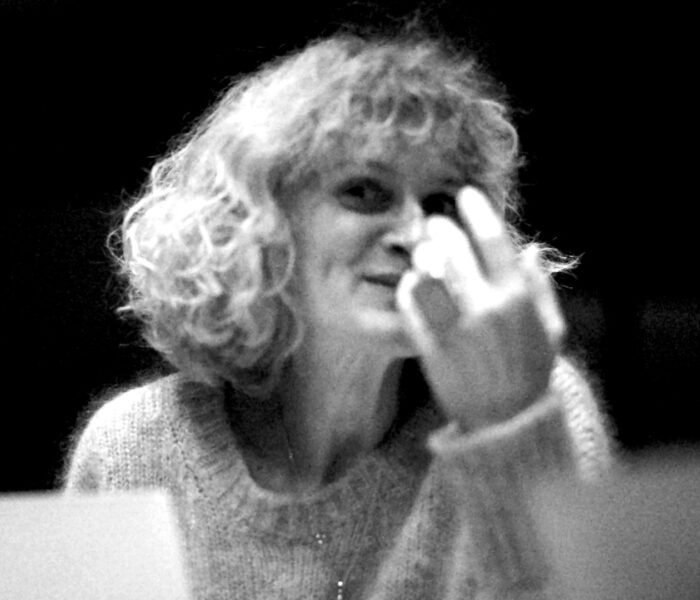Cofondateur du collectif Art Zoyd, Thierry Zaboitzeff revient aujourd’hui, en 3 CD, sur 50 années de musique(s). L’occasion de redécouvrir l’une des aventures les plus singulières et transgenres du paysage musical français.
En 1984, le musicien Thierry Zaboitzeff publie, sur le label Cryonic, un premier album solo nommé Prométhée. La pochette du disque, une peinture signée Raymond Majchrzak, montre deux médecins visiblement inquiets au chevet d’un homme mourant, qui n’en a vraisemblablement plus pour longtemps. L’étrangeté du rapport entre cette image et le nom de Prométhée me hante depuis la découverte de ce disque, quelques années après sa sortie. La déconstruction du mythe pour l’ancrer dans un quotidien aussi banal que sordide laisse imaginer une musique puisant ses racines dans la même dichotomie, liant le sacré à la grisaille du quotidien.
Quand sort ce premier opus solo, Prométhée, Thierry Zaboitzeff, natif de Maubeuge, a déjà une longue carrière derrière lui, au sein du collectif Art Zoyd, actif depuis 1968. Collectif plus que groupe, car une trentaine de musiciens y sont venus jouer au fil du temps, même si le noyau dur était composé de Zaboitzeff, Patricia Dallio et Gérard Hourbette, dont le décès en 2018 marqua la fin des activités après 50 ans de bons et loyaux services. Formé dans un premier temps pour des musiques de scène, théâtre, danse, Art Zoyd sort son premier disque en 1976, le déjà très réussi Symphonie Pour Le Jour Où Brûleront Les Cités, et les quinze ans qui suivent voient fleurir les chefs-d’œuvre : Musique pour l’Odyssée (1979), Génération sans Futur (1980), Phase IV (1982), Les Espaces Inquiets (1983), Le Mariage du Ciel et de l’Enfer (1985), ainsi que, nos deux favoris, Berlin (1987) et Nosferatu (1990).
Lorsque le groupe débute, il est sans équivalent ; cette musique n’a jamais été entendue avant, et ne sera pas plus copiée par la suite. Pourtant, l’influence d’Art Zoyd sera déterminante sur toutes les musiques aventureuses de la fin du XXe siècle. Influente, mais inimitable. Dès les débuts les caractéristiques si fortes du son Art Zoyd sont affirmées. C’est une musique liturgique, qui ne craint pas d’utiliser les symboles, et qui mêle des influences aussi diverses que le rock progressif, le free jazz, le néo-classique, la musique contemporaine et, lointaine cousine, la musique expérimentale. Les œuvres sont souvent instrumentales, et lorsque la voix se fait entendre, elle est gutturale, semble sortir des ténèbres, scandant plus qu’elle ne chante.
Habitué à composer pour la scène, Art Zoyd se prend de passion pour une autre discipline, celle de composer pour le cinéma. Mais leur spécificité va être de composer des musiques pour des films issus de l’âge d’or du muet. Pionniers dans le genre, ils créent de gigantesques et impressionnants ciné-concerts, exercice auquel se prêtent aujourd’hui de nombreux musiciens mais qui, à l’époque, s’apparentait à un véritable événement. Ils inaugurent cette série avec le Nosferatu de Murnau, enchaînent avec le Faust du même cinéaste, et font ensuite découvrir au public le merveilleux Häxan de Benjamin Christensen, à une époque où le film est invisible. Suivent des bandes-son pour le Metropolis de Fritz Lang, La Chute de la Maison Usher de Jean Epstein, L’Homme à la caméra de Dziga Vertov. Ces ciné-concerts sont de véritables expériences scéniques. Art Zoyd ne se contente pas de jouer la musique d’un film en se cachant derrière où à côté de l’écran, mais se met en scène de manière spectaculaire, grandiloquente parfois, créant un spectacle vivant où l’image et le son communiquent en permanence. Les films sont ainsi sortis de leur muséification programmée pour trouver une résonance contemporaine salvatrice.
Le disque qui nous fait parler de Thierry Zaboitzeff ici a le mérite de se nommer on peut plus simplement : 50 ans de musique (s). Outre le chiffre 50 qui est impressionnant (qui peut en effet se targuer d’avoir composé pendant 50 ans et de continuer à le faire avec la même aisance?), c’est le « s » entre parenthèses qui retient l’attention. Véritable touche-à-tout, multi-instrumentiste (même si la basse a toujours été son instrument de prédilection), Zaboitzeff a multiplié les styles, les envies, les projets, ce qui fait que, 50 ans plus tard, sa musique est forcément plurielle. Ce copieux coffret de 3 CDs remplis jusqu’au débord, présente près de 4 heures de musiques réparties sur 43 plages. L’intelligence du tracklist est de ne pas organiser les morceaux par ordre chronologique, ni par formation, pour mieux réorganiser l’ensemble de la manière la plus harmonieuse possible, créant une œuvre nouvelle, gigantesque, protéiforme, semblant en mutation perpétuelle, nous offrant la possibilité de dévorer à nouveau ce foie incandescent et à jamais régénéré.
On y entend donc du Art Zoyd, extraits des Espaces Inquiets, Phase IV, un remix de Marathonnerre I, et des réinterprétations de deux de ses meilleures chansons : Unsex Me Here et Baboon’s Blood, dont les versions originales figuraient sur la version CD de Berlin. Zaboitzeff a énormément composé pour Art Zoyd, Hourbette et lui étant les deux maîtres-d’œuvre du projet, mais il a volontairement choisi ici de sous-représenter cette partie de carrière ô combien prolifique, privilégiant les enregistrements sans doute moins connus du public. Le coffret nous propose aussi deux morceaux excellents d’Aria Primitiva, trio formé avec Cécile Thévenot et Nadia Ratsimandresy et offrant des atmosphères électroniques syncopées, ou ambient, de toute beauté ; ainsi que six titres du projet Zaboitzeff & Crew, le crew en question étant composé de Gerda Rippel et Sandrine Rohrmoser. Le gros morceau étant en toute logique consacré à ses travaux solos. Car, l’air de rien, de façon de plus en plus confidentielle, et depuis l’inaugural Prométhée, Thierry Zaboitzeff a signé de son nom seul près d’une vingtaine d’albums. Nous redécouvrons avec beaucoup d’intérêt des extraits des excellents Dr. Zab & His Robotic Strings Orchestra (1992) ou Heartbeat (1997), d’où est issu le superbe El Amor Brujo (Live), l’un des morceaux les plus enthousiasmants du coffret.
Même si ce triple album est une compilation, il est bon de préciser qu’une grande partie des plages ont été retravaillées pour l’occasion. Entre les remakes, les remixes, les versions remasterisées, celles rejouées au piano, les versions live, les versions courtes, les longues, même l’auditeur le plus attentif de l’œuvre de Thierry Zaboitzeff aura le sentiment, légitime, de redécouvrir un travail sans cesse réinventé. Car c’est de cela qu’il s’agit, finalement. Ces 50 de musique (s) nous baladent depuis les cendres du rock progressif de la fin des années 60 jusqu’à la techno du début du XXIe siècle, des expérimentations les plus folles jusqu’à des moments de recueillement plein de réserve et d’intensité mêlées, et ce voyage, ces voyages, ne sont pas ceux qui se font d’un point A, qui serait le départ de quelque chose, à un point B, son arrivée ; non, la traversée à laquelle nous invite ici Thierry Zaboitzeff nous plonge dans l’œil du cyclone, au sein d’une spirale en mouvement dont le seul chemin envisageable, fiable, à travers ce dédale inextricable de musique (s), est celui qu’aura choisi de se tracer l’auditeur. Seul, mais joliment accompagné.
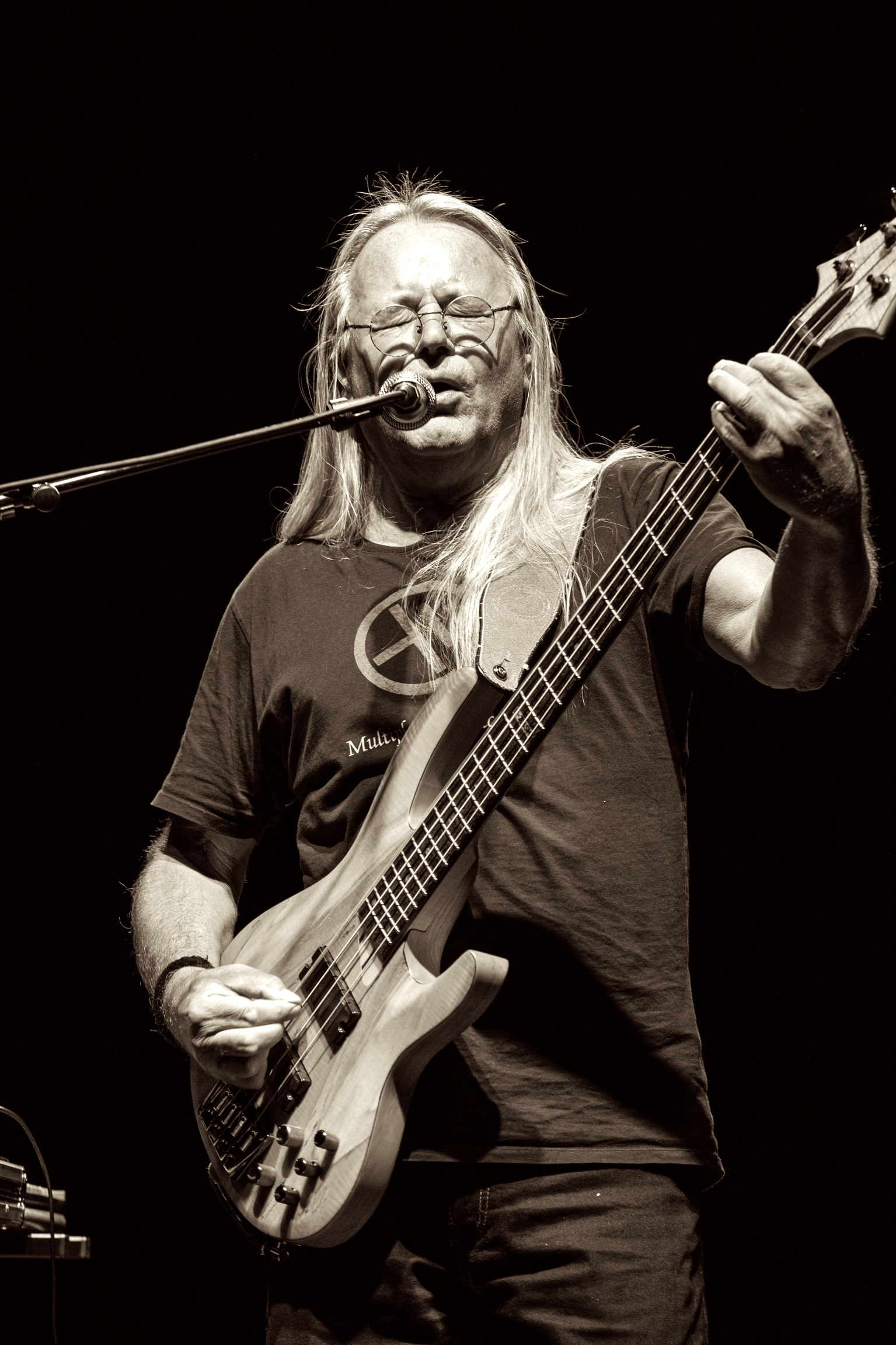

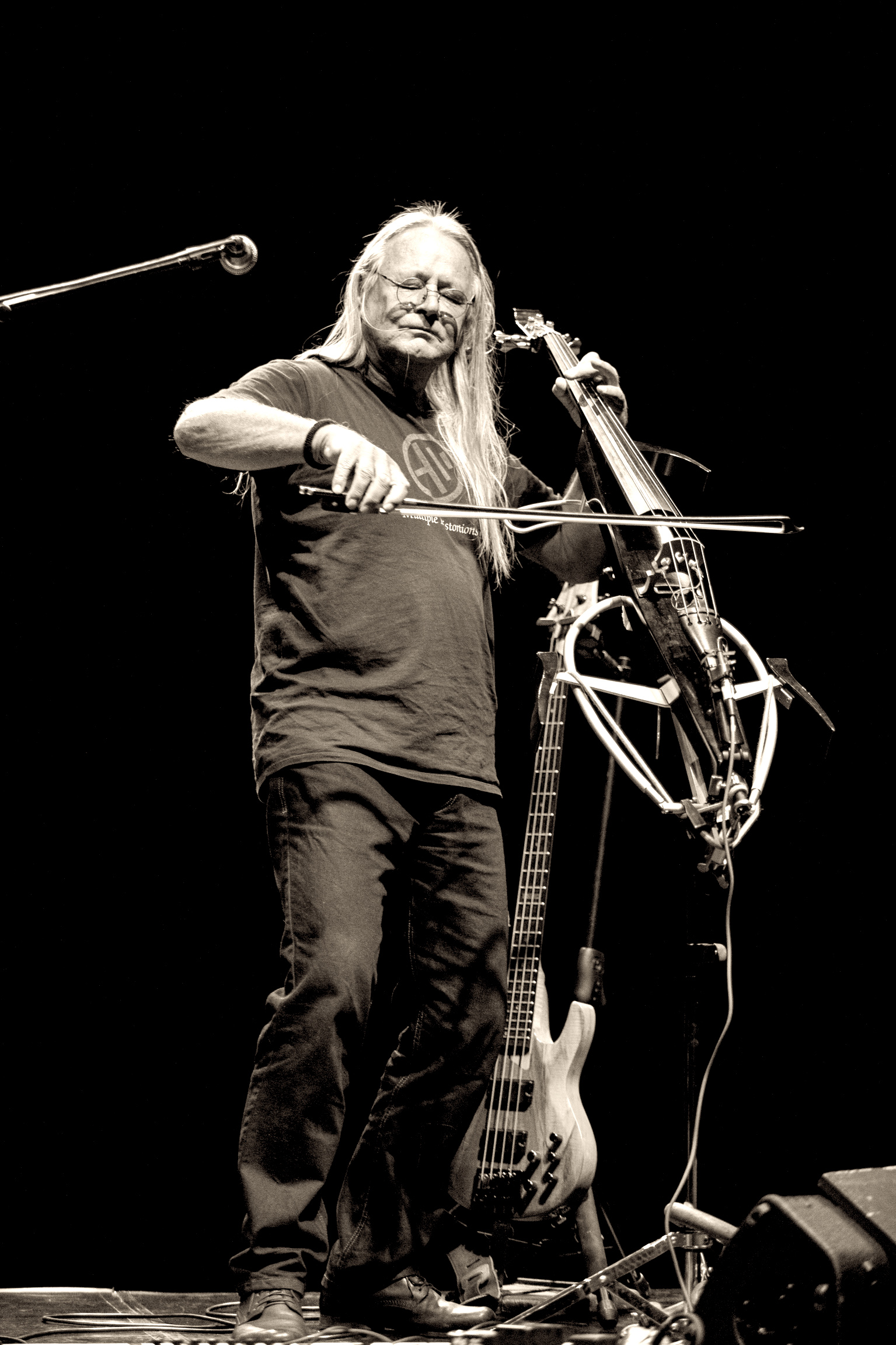
Franck Marguin



)
